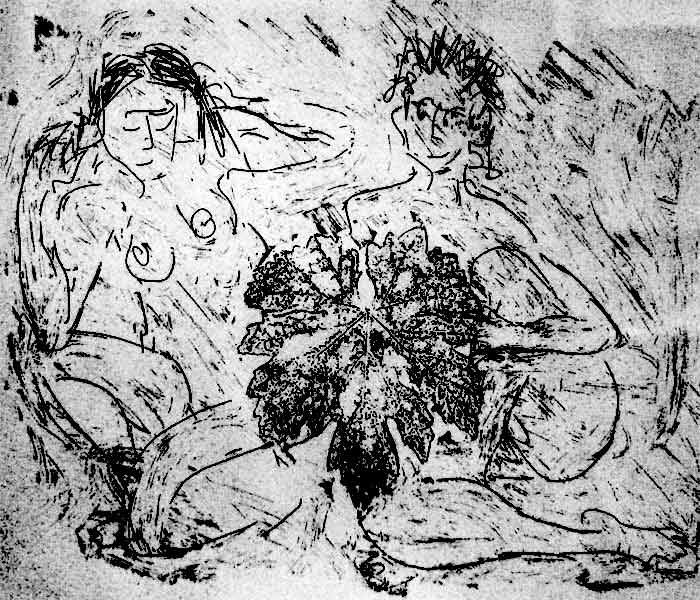
2. Diversity of lines (etching, dry point or burin) and surface patterns (aquatint, prints of objects). Extremely thin lines and minutely detailed patterns are possible as well as wild and irregular lines, reflecting the violence of the chemical attack. Paradox of ephemeral and fragile objects that are made lasting forever as a life print in a hard metal print thanks to the magic of soft ground etching techniques ("leaves skeleton?", "leaf prints?"). Art is the science of seeing. A mean approach of scientific artistry is only mean.